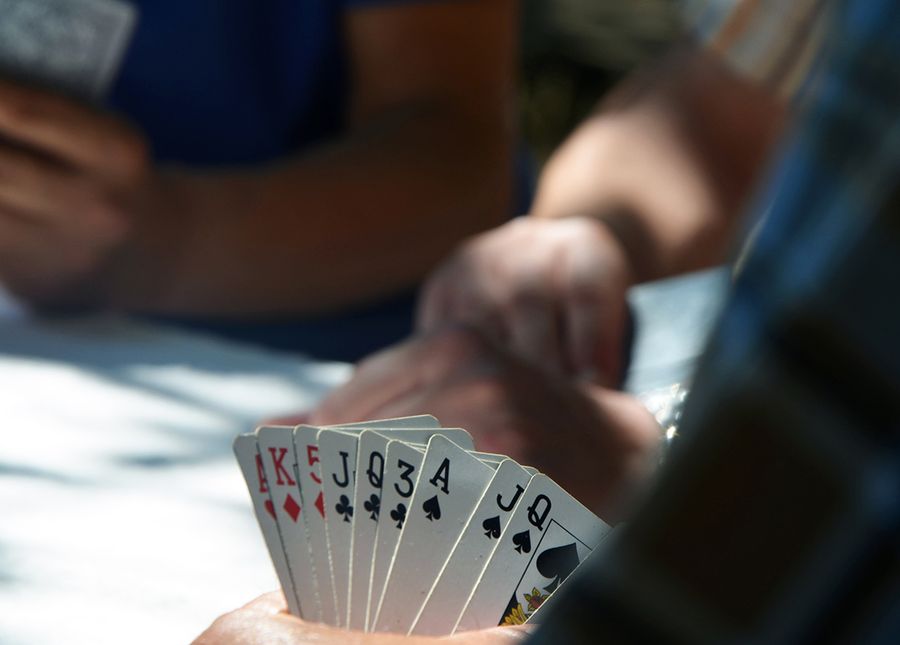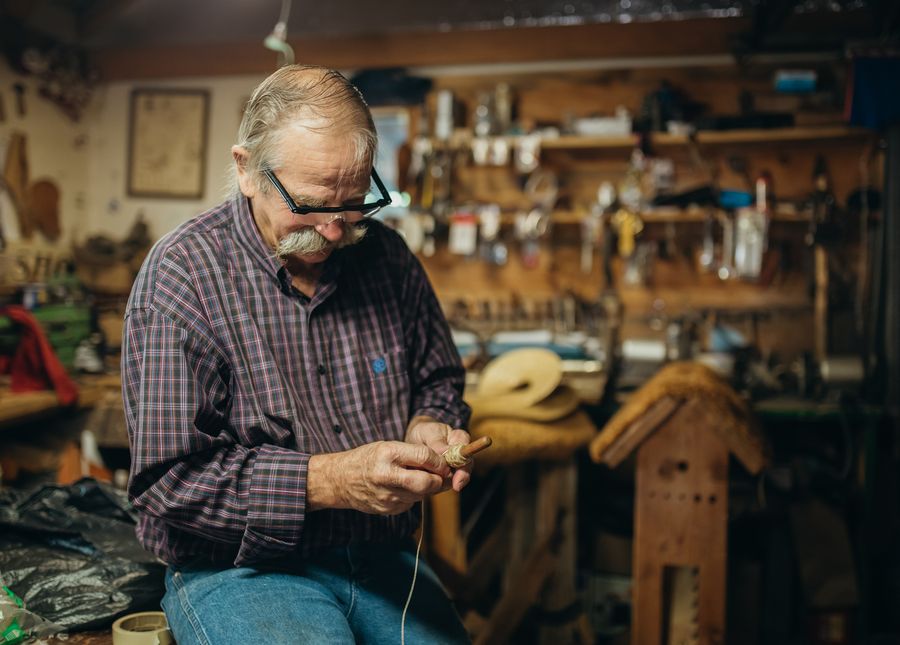** if a person has returned a positive COVID-19 test, please follow your workplace and local state guidelines.
With various stages of restrictions across Australia as a result of the COVID-19 pandemic, we have all had to get used to a different way of life. Yet while some aspects such as mask wearing have become normal for many of us, they can be frightening and disorientating to people with dementia.
And for people who may already find personal care difficult to tolerate, the introduction of personal protective equipment (PPE) can worsen their stress. Unfortunately these measures, while crucial, also make it more difficult for the individual to recognise carers.
PPE for people with dementia
There are considerable challenges when it comes to the wearing of PPE for and around people with dementia. By obscuring the face, masks make it difficult for people with hearing and/or vision impairments to follow important visual cues. It can also be a confusing experience for people with dementia as they might not be aware of what is happening in the world.
Prepare ahead of time
To minimise time spent in PPE (both for your sake and the person you’re caring for), prepare yourself in advance. This could mean working out how your mask or protective eyewear fits correctly on your face, and that you have everything you need for your interaction so that you’re not frazzled during your time together.
Centre yourself
As a carer it is essential that you feel confident and in control – anxious feelings can be picked up on by the person you are caring for and that can lead them to also feel scared. The pandemic has tested many of our nerves and sense of safety, but it’s important to focus on the task at hand.
Before entering the home or care facility, ensure you are feeling calm and self-assured. Take slow deep breaths and centre yourself.
Bring a photo of yourself
You can reduce any confusion the person might have with failing to recognise you by printing a large photo of yourself and writing your name on it. Attach the picture to your top or gown so that they can associate the image with you even if they can’t clearly see your face.
Speak slowly, louder and clearly
As your lips are covered by a mask and/or shield it’s especially important to speak clearly, slowly and loudly so the person can hear you.
Show the action
You might have to get inventive, but don’t be afraid to not just rely on your words. Show rather than tell the action – perhaps it’s rubbing your hands together under the sink to indicate hand washing, for example. Carry a notepad with you to write a message or show them a picture on your phone to help them understand what you mean.
Normalise PPE
Be sensitive to the fact that PPE can be intimidating and do your best to normalise it. You can point out your PPE and explain why you’re wearing it. Try to stay positive and don’t go into a complicated explanation – you can simply say that it protects you both from any germs. Perhaps a joke is appropriate, but be conscious that this could also backfire, so choose your words wisely.
If the person has a therapy doll, consider putting PPE on them first. Due to PPE shortages, you might want to use a similar item such as a scarf or bandana on the toy instead of an actual piece of equipment such as a mask. You can also do this for a therapy animal, but use common sense – don’t cover the mouth or airways of an animal and ensure they are not uncomfortable.
Encourage hand washing
Hand washing is vital in reducing the spread of germs, so encourage the person you’re caring for to regularly wash or sanitise their hands. Adding a sign in the bathroom with clear pictures can also be a helpful reminder to regularly wash their hands.




